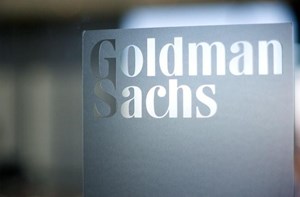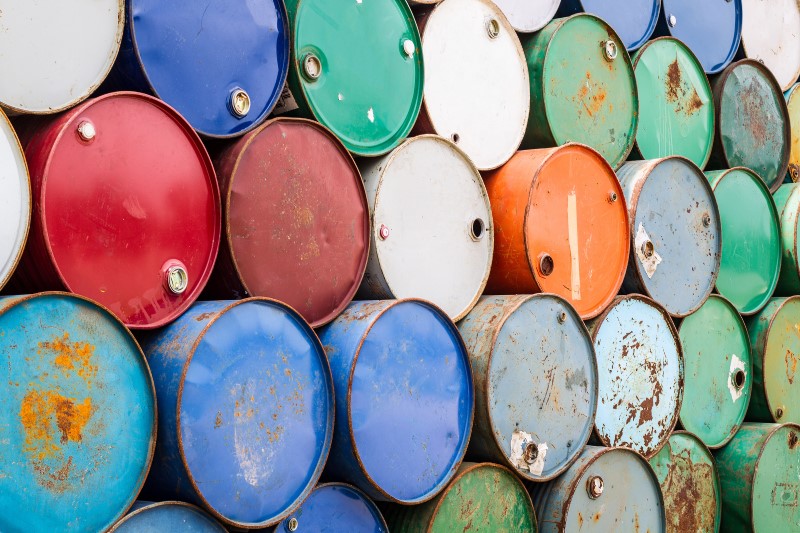(Bloomberg) – The OPEC+ oil producer alliance is likely to make its next hike in collective output its last for a while, according to Goldman Sachs Group Inc.

With the producer club nearing the end of a first phase of jumbo output hikes, the market’s attention is turning to what will come after. The organization and its allies have been voluntarily holding back a second, smaller tranche of supply, propping up oil prices. Focus is now on the group’s intentions for those barrels.
“Our base case remains that they will be done raising production once the 2.2 million barrel-a-day round of cuts is unwound” at the group’s next meeting in early August, Daan Struyven, the bank’s co-head of global commodities research, told Bloomberg TV on the sidelines of a seminar the Organization of the Petroleum Exporting Countries is holding in Vienna.
Oil prices rose this week and senior officials from several Middle East producer giants said in the Austrian capital yesterday that the market has needed all the supply additions that the group announced over the past several months. Later in the year, though, forecasters are anticipating that supply will start to outpace demand.
Back in May, Goldman had anticipated that OPEC+ would pause production hikes after an increase in July but the group carried on.
Key members of OPEC+ alliance, including Russia, have so far announced the restoration of 1.78 million bpd of supply that they’d voluntarily held back, with about 550,000 more to go for the first tranche to be complete.
“That’s our expectation, that we will get another 0.55 million bpd increase” at the next OPEC+ meeting scheduled for early August, Struyven said, adding the alliance’s further strategy will depend on the market fundamentals.
See also: OPEC+ supply increase necessary for global market, Middle East officials say
Signs of a tight market include crude oil stockpiles at the key U.S. storage hub of Cushing, Oklahoma that are at their lowest seasonally since 2014, as well as a collapse in America’s diesel inventories. Timespreads point to tight supply-and-demand dynamics in the near term.
However, analysts have voiced concerns that the current tightness may give way to demand growth slowing down and supply growing in non-OPEC nations like Guyana, Brazil, Canada and the U.S.
“We forecast a surplus for both this year and next and that’s why we think they will soon be done raising production,” Struyven said about the OPEC+ production strategy beyond September.

